Table of Contents[Hide][Show]
According to a 2013 survey, about a third of us are interested in going gluten free or cutting down on gluten in our diets. For about one in 133 Americans who have celiac disease—an autoimmune condition in which the body doesn’t process gluten as it should—a gluten-free diet is the only treatment.
Many others without celiac disease are going gluten-free as well, however, either because they’ve discovered that they’re sensitive or intolerant to the grain protein (from wheat, barley, and rye).
Many people find symptom relief after cutting out gluten, and report feeling more energy, easier digestion, and less joint pain. Some, however, still suffer lingering effects. Skin rashes, for example, or headaches and brain fog.
If you’ve gone on a gluten-free diet and have experienced improvements, but are still suffering from some symptoms, check out these three steps. It could be that you’ve missed something along the way.
1. Make Sure You’ve Gotten It All Out of Your Diet
When we’re seeking a gluten-free diet, it can be a challenge. Wheat and other grains are pervasive in the food industry, and it’s not always easy to find where they may be lurking.
If you’ve gone gluten-free, you’ve likely already eliminated foods that obviously contain wheat, barley and malt, and rye, along with related ingredients like hydrolyzed wheat protein, kamut, triticale, semolina, cake flour, matzo, and couscous. You’re already scanning any packaged foods for wheat products, including bread, cakes, cereals, cookies, crackers, pretzels, pasta, and pizza crusts.
But there may be other things you’ve missed. Sauces like soy and teriyaki, for example, may contain gluten, as can licorice and other candies made with wheat or barley. Regular oats may be contaminated with gluten-containing grains, unless they’re specially processed to avoid it.
Check your pantry and your eating-out menu. Here are a few other places where gluten may be lurking:
- Chinese food: Most Chinese condiments contain gluten, including soy, oyster, hoisin, and bean sauces. Choose a different type of cuisine or look for a Chinese restaurant that offers a gluten-free menu.
- Taco seasoning/Cajun seasoning: Beware of seasonings, especially those that come in ready-made packets. Taco and Cajun seasonings usually contain a blend of spices and use flour as filler. Same goes for just about any pre-packaged spice blends.
- French fries/chips: These are usually gluten-free, but if you get them in restaurants, they may be coated in a flour seasoning that contains gluten. Always ask.
- Soup: Many contain flour as a thickening agent. Read labels carefully.
Rice cereals: Rice is gluten-free, but if there is a malt flavoring, it’s likely not. - Regular condiments: Mustard and ketchup products may contain gluten as a stabilizer and thickener. Read labels carefully and choose organic.
- Regular sauces and marinades: BBQ sauce, pasta sauce, and other similar items may also contain gluten as a thickener/stabilizer.
In general, choose as many whole, natural foods as you can, and limit processed and packaged foods. That will make it easier to avoid most sources of gluten.
2. Remove Gluten From Your Skin, Body, and Home Products
Did you know that gluten could also be lurking in your makeup, skin care, and even cleaning products?
It could be worth the effort to check it out, in case these could be contributing to some of your symptoms. Common products like shampoos, hair sprays, shaving gels, soaps, lipsticks, cleansers, lotions, and even toothpastes can all contain traces of gluten that could be upsetting your system. Read more about personal care and gluten on our post, “How to Avoid Gluten in Makeup and Skin Care.”
Even laundry products may have some in their formulas!
How can you tell? Watch for items on the ingredient list that may contain gluten, or simply buy from manufacturers who have gone gluten-free. (None of our products contain gluten!)
For a list of gluten-containing ingredients used in cosmetics, check out this page at the Bewildered Bug, or this one over at the Gluten Free Society. For cleaning products that are gluten-free, try Dr. Bronner’s, Citrus Magic, Method, and Sun & Earth, among others. You can always call the manufacturer of your favorite brand to check up on the ingredients.
We talk about tons of trustworthy and natural brands in our Toxic Free Home Guide.
3. Try Eliminating FODMAPs
If you’ve taken all these steps to remove gluten from your life and you’re still suffering some symptoms, there’s another thing you can try.
Switch your attention to FODMAPs. Recent research has suggested that some people who believe they may be gluten intolerant or gluten sensitive may actually be reacting to something entirely different—fermentable oligosaccharides, disaccharides, monosaccharides, and polyols, or FODMAPs.
These are fermentable carbohydrates, those that aren’t completely absorbed in the intestine, so they sit and actually ferment in the gut. Most people don’t have a problem with it, but for some, it’s a stew of discomfort waiting to happen.
Symptoms can be similar to gluten sensitivity, and may include gas, bloating, constipation, diarrhea, and cramping. Some people who suffer from irritable bowel syndrome have found relief by avoiding FODMAPs.
Those sensitive to these carbs may also notice symptoms on their skin, including acne, dermatitis, itchy rashes, psoriasis, and even chronic dry skin.
If you’ve cut out gluten and you’re still suffering from any of these symptoms, try going for a week or two without FODMAPs. If you find relief, you may have just discovered the culprit. For a list of foods high in FODMAPs, check out our article, “FODMAPs: They Might Be the Reason You Think You’re Gluten Intolerant.”
You Deserve to Feel Your Best!
Taking these three extra steps should help you to eliminate even more of the symptoms that drove you to the gluten-free diet in the first place. You deserve to feel as good as you can, and taking a few more precautions in the foods you’re eating and the products you’re using could be just what you need to get back to your old energetic self.
Looking for products you can feel good and safe using? Check out our collection full of gluten-free options!
Have you taken additional steps to remove gluten and FODMAPs from your home and lifestyle? Please share your story with our readers.
Sources:
Huffington Post – Gluten-Free Diet Appeals To 30 Percent Of Adults, Survey Says
Beyond Celiac – Celiac Disease: Fast Facts
Bewildered Bug – List of Gluten Containing Ingredients in Cosmetic Products
Gluten Free Society – Guidelines for Avoiding Gluten
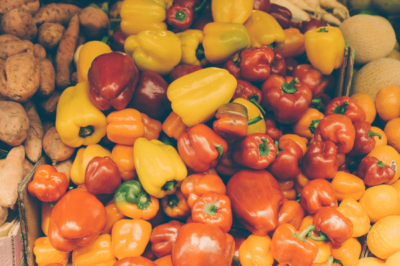
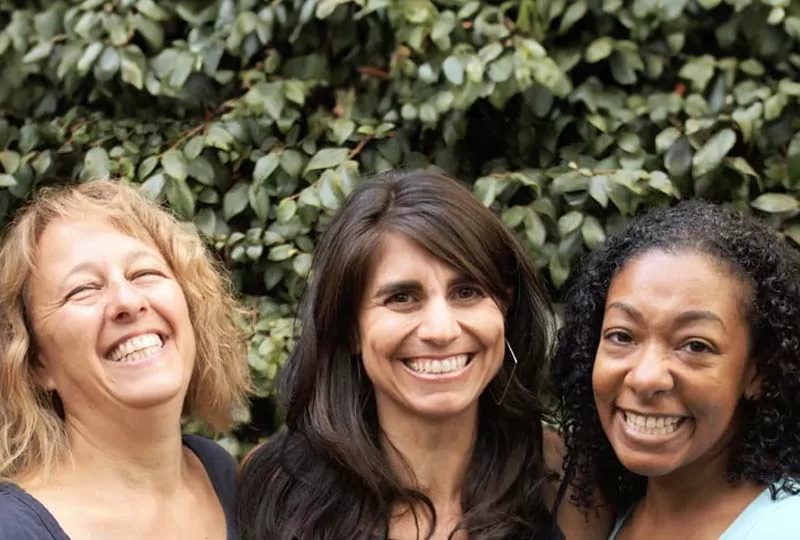
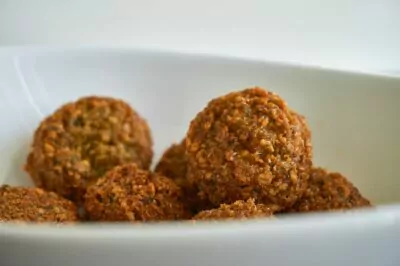
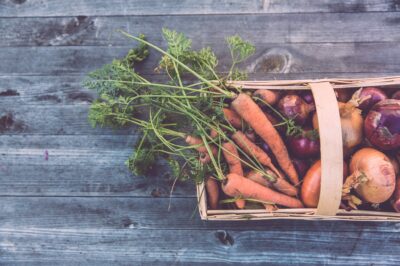

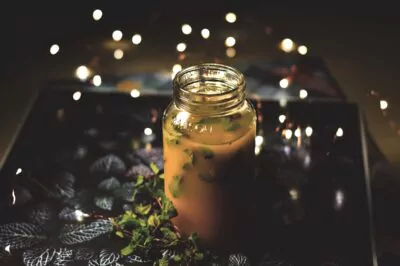
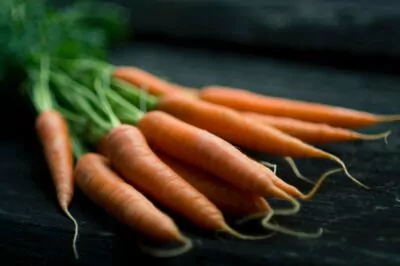
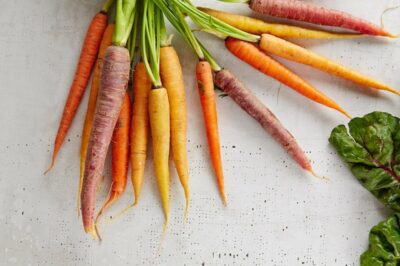
I would like to know the credentials of the person who wrote this. Suggesting foods to cut out without offering ways to make sure the diet is still nutritionally complete is quite irresponsible. People should always go to a registered dietitian when they cut entire groups out of their diet (like FODMAPs) to make sure they are getting all the nutrients they need. Only a registered dietitian is qualified to help people with this, because registered dietitians are medically trained in nutrition and have completed the necessary education and supervised clinical practice to then be eligible to take a national licensing exam and counsel patients on nutrition.
Please be more responsible in the future when making nutrition-related recommendations. Only a registered dietitian should be writing these sorts of articles and providing this sort of advice.
I would like to know the credentials of the person who wrote this. Suggesting foods to cut out without offering ways to make sure the diet is still nutritionally complete is quite irresponsible. People should always go to a registered dietitian when they cut entire groups out of their diet (like FODMAPs) to make sure they are getting all the nutrients they need. Only a registered dietitian is qualified to help people with this, because registered dietitians are medically trained in nutrition and have completed the necessary education and supervised clinical practice to then be eligible to take a national licensing exam and counsel patients on nutrition.
Please be more responsible in the future when making nutrition-related recommendations. Only a registered dietitian should be writing these sorts of articles and providing this sort of advice.
No osef…
Yes, I did eliminate ALL gluten a few years ago, after suspecting my IBS symptoms were really triggered by gluten. I also went on a strict Low-FODMAP diet. My symptoms, (which included severe abdominal pain, bloating, cramping, skin problems, hormone problems, plus LOTS more) continued to worsen, rather than improve. I had a whole host of tests done, including testing for gluten intolerance, and the test came back negative. After years of trying to get to the root of the problem and talking to multiple doctors and nutritionists, I finally had a comprehensive stool test done that showed I have microbial dysbiosis and a candida overgrowth. I have been in the process of trying to heal my gut for the last year with whole foods and supplements. I am better in some ways, but not fully back to good health yet.
Why I am sharing this: I now know and belive that gluten had nothing to do with my symptoms, though I do have a hard time digesting wheat (except for real sourdough made with Einkorn wheat), and the Low-FODMAP diet added to my gut problems, rather than relieve them. I do avoid any FODMAP foods that I know for sure are going to cause pain (like beets!), but cutting out all those wonderful, fibrous, healthy fruits and vegetables caused my GI system to shut down, get backed up, and become inflamed. I have read and learned that no one should stay on a Low-FODMAP diet for an extended period of time, because our guts need some of those FODMAP foods to help promote good bacteria and fight the bad bacteria.
And not all gluten is bad for you… try the ancient grain, Einkorn! It’s super good for you, delicious, and easy to digest… and even some people with celiac disease can tolerate it without any problems.
If we all eat real, wholesome food, stay away from the processed junk, and nourish our bodies from the inside out, in time we will regain our health! 🙂